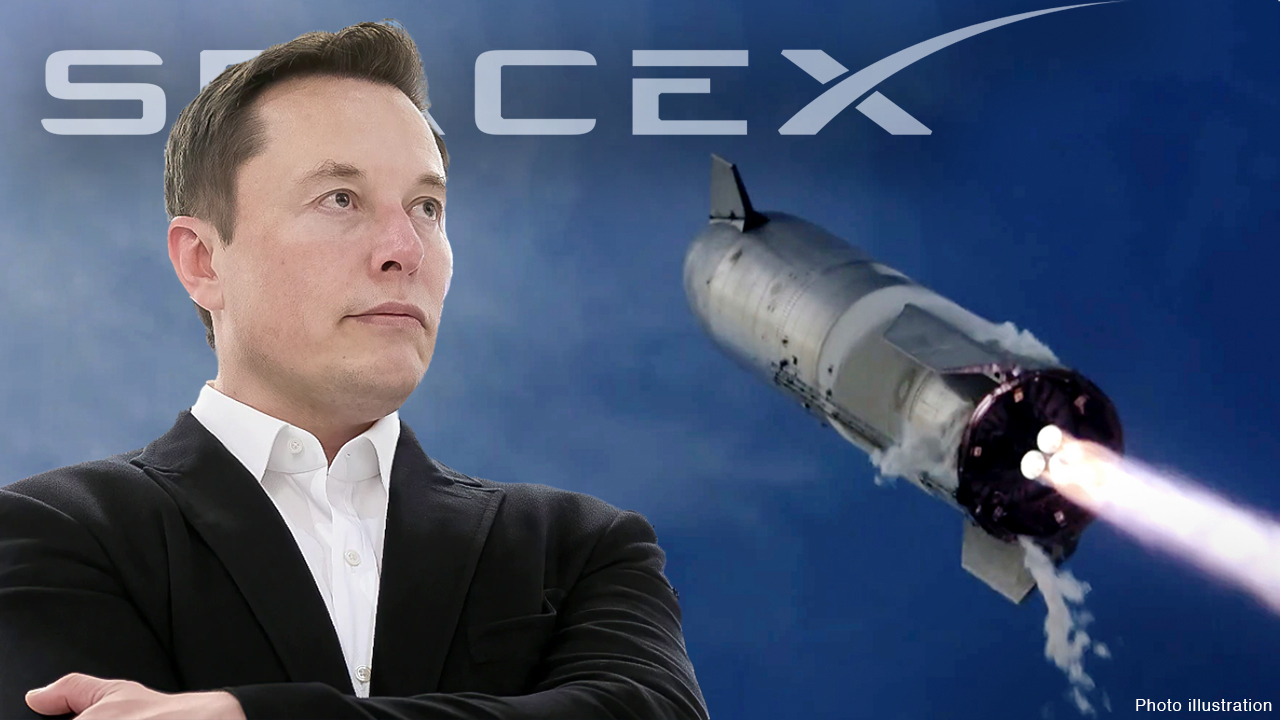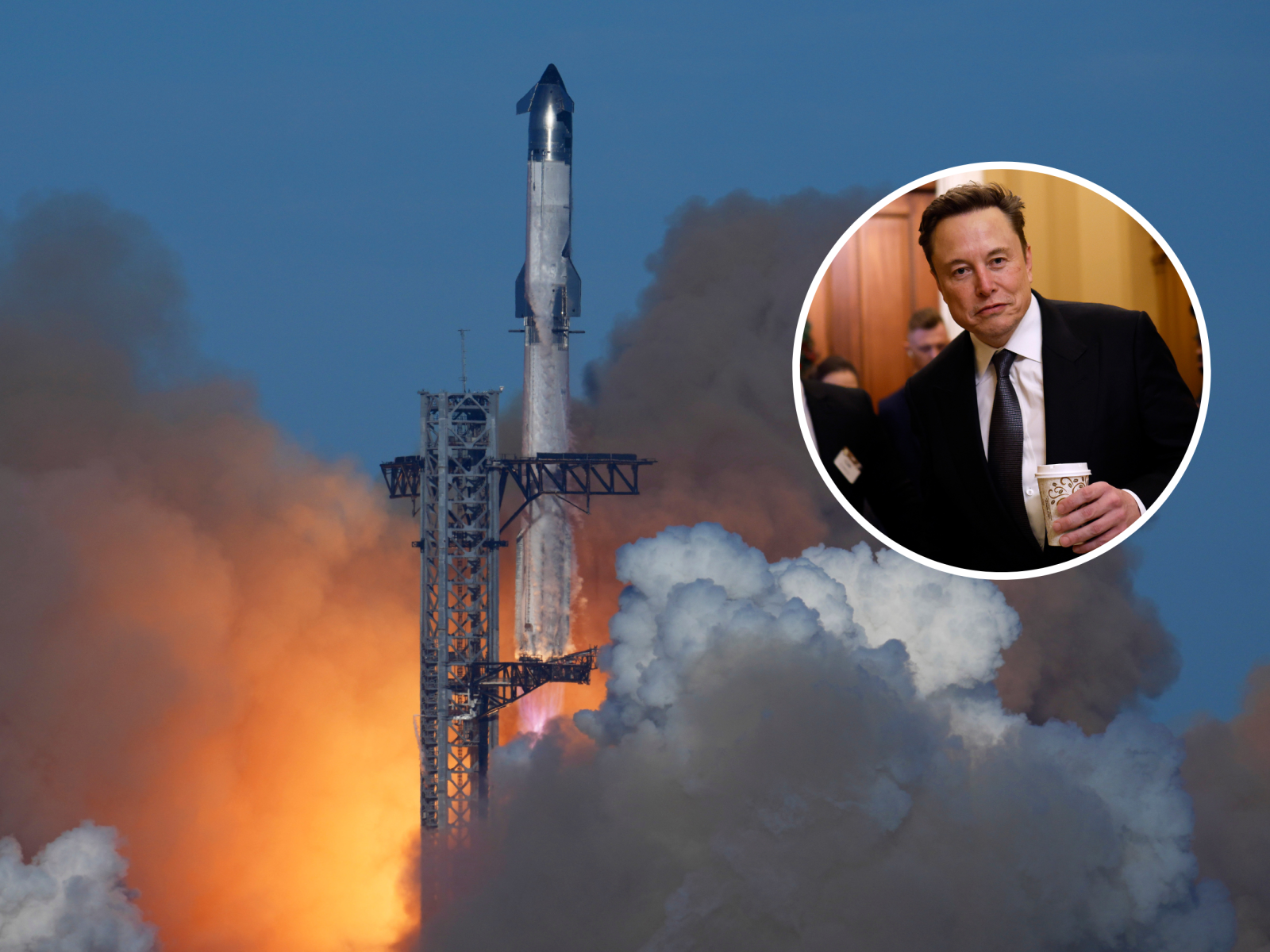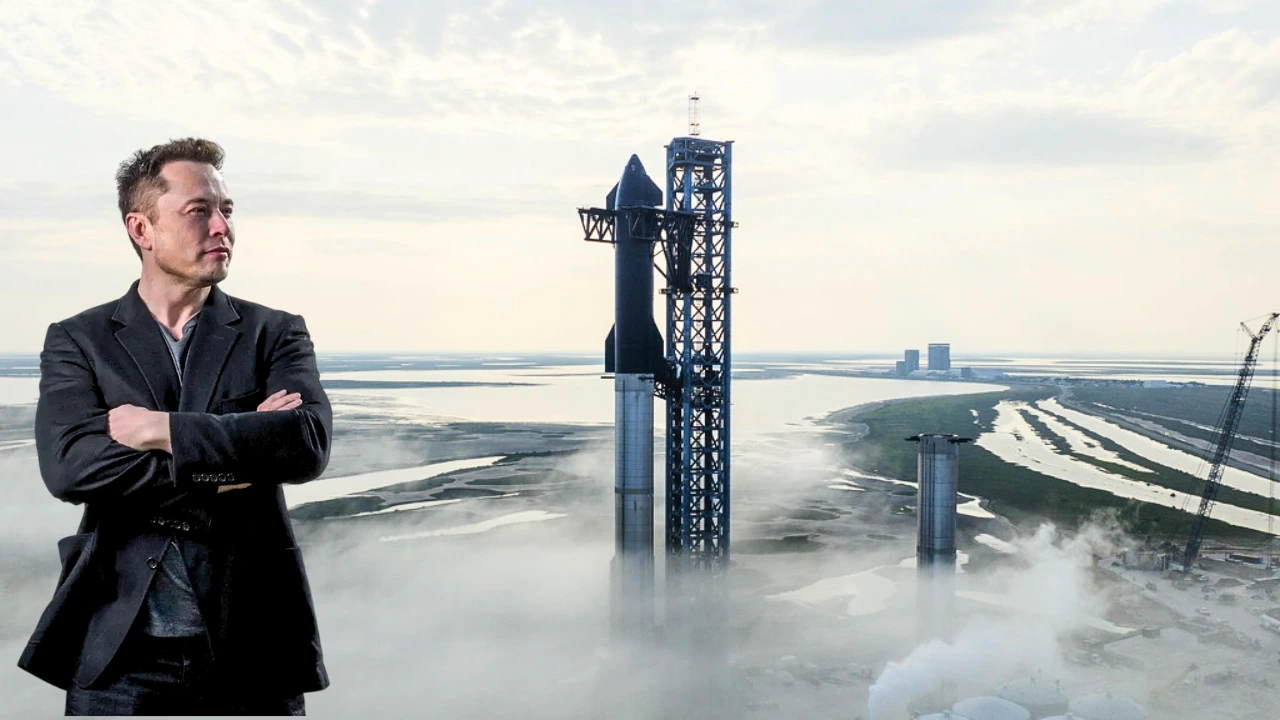SpaceX, founded by Elon Musk in 2002, set out with a daring ambition: to revolutionize space travel and make it more accessible to the private sector. Musk's goal was not only to challenge the status quo of the space industry but to take humanity beyond the bounds of Earth, driving the future of private space exploration.
However, the road to success was far from smooth, and the company's early years were marked by significant struggles that nearly brought it to the brink of collapse. Despite the overwhelming challenges, Musk's unyielding vision and determination helped SpaceX survive its darkest hours, ultimately leading to a breakthrough that changed the future of space travel.
The story of SpaceX’s early days is one of perseverance in the face of failure. The company’s first three rocket launches were catastrophic failures that left Musk and his team facing mounting pressure from investors, critics, and the media.
Each failed launch dealt a heavy blow to SpaceX’s credibility, and with each failure came the question: would this be the end of the company’s mission to revolutionize space travel?

SpaceX’s first attempt at launching its Falcon 1 rocket in 2006 ended in disaster when the rocket failed to reach orbit, exploding shortly after lift-off. The failure was a devastating setback, not just for Musk, but for the entire SpaceX team.
Musk had invested millions of his own money into the company, and the failure raised doubts about the viability of SpaceX's ambitious goals. Critics were quick to call the company’s plans unrealistic, and many believed that SpaceX was unlikely to survive such a monumental failure.
However, Musk refused to give up. He remained resolute in his vision for the future of space travel, even as doubts about his company’s survival loomed large. Undeterred, SpaceX attempted a second launch in 2007.
Once again, the Falcon 1 rocket failed, this time due to a problem with the rocket’s second-stage engine. Musk was visibly frustrated by the second failure, but he continued to hold firm in his belief that private companies could one day play a major role in space exploration.

The failure was a serious blow to the company’s finances, as investors began to question whether SpaceX would be able to continue. Musk was forced to inject more of his own personal wealth into the company, even as his funds dwindled. The pressure was immense, and the survival of SpaceX hung in the balance.
In 2008, SpaceX made another attempt to launch Falcon 1, and once again, the result was failure. The rocket experienced a loss of fuel pressure, resulting in an explosion shortly after launch. The third consecutive failure put SpaceX on the verge of shutting down.
The company was running out of funding, and Musk’s own personal fortune was nearly exhausted. SpaceX’s future was uncertain, and Musk faced the very real possibility that his dream of revolutionizing space travel would be shattered.
But Musk’s determination to succeed did not falter. Despite the mounting setbacks and the pressure on him from all sides, he remained committed to his vision. Musk was not one to back down in the face of adversity, and he continued to push forward, working tirelessly with his team to find a solution to the technical challenges that had caused the failures.

The failure of the first three launches had taught Musk and his team invaluable lessons, and they were determined to ensure that the fourth launch would be different. In 2008, Musk faced one of the most critical moments of his career. SpaceX was on the brink of collapse, and the company’s future was uncertain.
Musk had invested nearly all of his personal wealth into the company and was struggling to secure additional funding. It was at this pivotal moment that Musk took a risk that would change everything. He used the remaining funds he had to finance a fourth launch, and this time, SpaceX succeeded.
The Falcon 1 rocket successfully reached orbit, making SpaceX the first private company in history to send a rocket into orbit. This achievement was nothing short of revolutionary, and it marked a major turning point for both SpaceX and the space industry as a whole.
The success of the fourth launch was a momentous occasion for SpaceX, and it established the company as a serious player in the space industry. Musk’s vision for a private space program that could one day rival government-run space agencies was now a reality.

The successful launch proved that a private company could design, build, and launch a rocket capable of reaching orbit, a feat that had previously been the exclusive domain of government-funded agencies like NASA.
SpaceX’s success sent shockwaves throughout the space industry, signaling the dawn of a new era in space exploration. The company’s achievement opened up new possibilities for commercial spaceflight and paved the way for future advancements in the industry.
Musk’s success with Falcon 1 also led to an influx of new funding, which allowed SpaceX to continue its work and push the boundaries of what was possible. The company went on to develop the Falcon 9 rocket, which has become the workhorse of the modern space industry, and the Dragon spacecraft, which has been used to transport cargo and astronauts to the International Space Station.
Looking back, the failure of SpaceX’s first three rocket launches now seems like an inevitable part of the company’s journey. Each setback provided the company with crucial lessons and helped shape SpaceX into the successful and innovative company it is today.

Musk’s refusal to give up, even when it seemed like failure was imminent, was a testament to his vision and determination. His unwavering belief in the potential of private space travel ultimately led to SpaceX’s success, and the company has since become one of the most successful and influential private space companies in the world.
SpaceX’s journey from failure to success is not just a story of technical achievement; it is a story of perseverance, resilience, and the power of belief in a bold vision. Musk’s willingness to risk everything for his dream of making space travel accessible to all has made him one of the most influential figures in the world of space exploration.
Today, SpaceX is leading the way in private space travel, from launching astronauts to the International Space Station to building plans for missions to Mars. In conclusion, the story of SpaceX’s early failures and eventual triumph is a remarkable example of how setbacks can lead to breakthroughs.
Musk’s ability to navigate through these challenges, push through adversity, and ultimately achieve success has forever changed the landscape of space exploration. SpaceX’s journey proves that with vision, determination, and an unwavering commitment to innovation, even the most improbable dreams can become a reality.

-1750304911-q80.webp)
-1749032145-q80.webp)
-1750241912-q80.webp)
-1749089425-q80.webp)